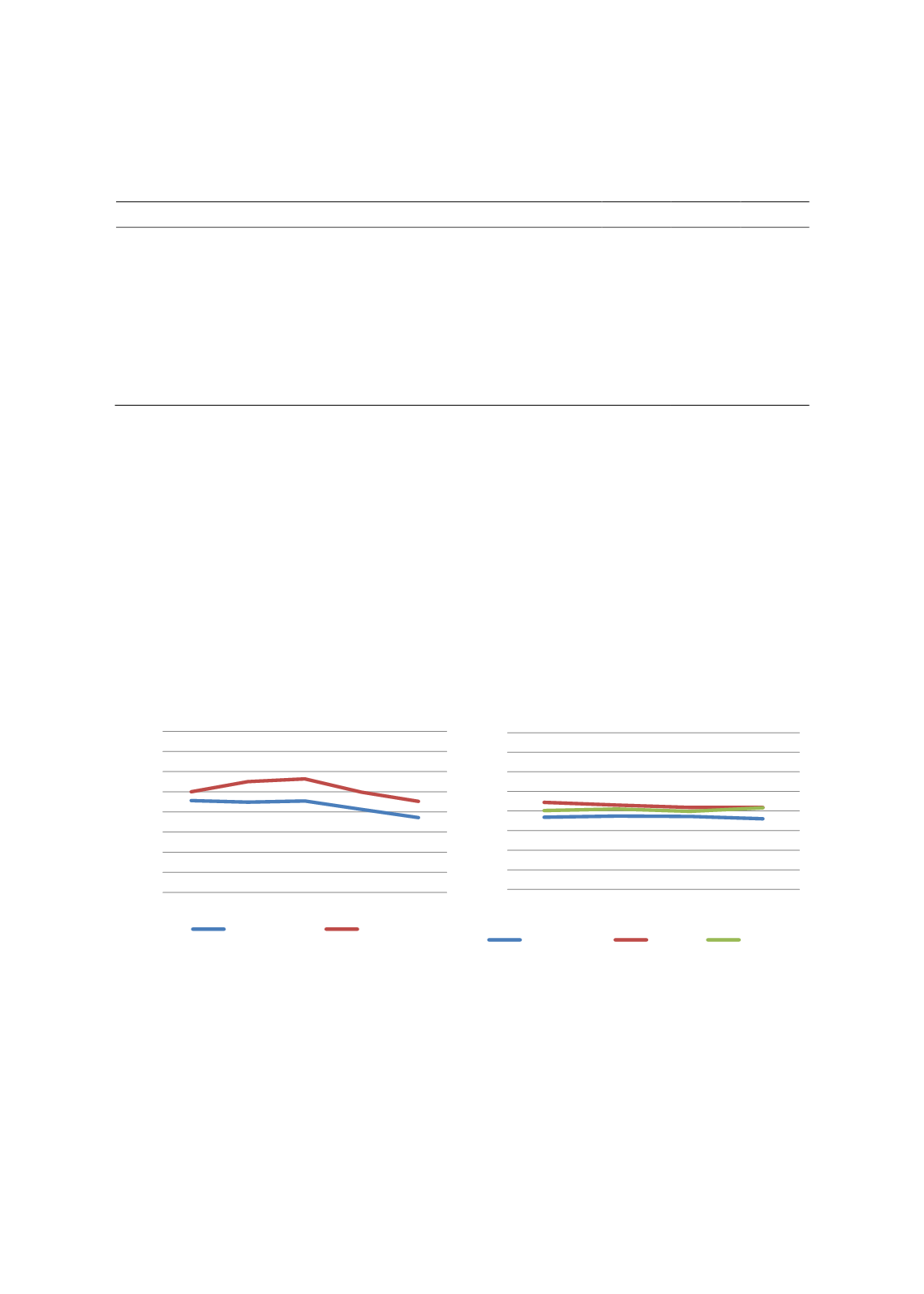

102
200
250
300
350
400
450
500
550
600
2006 2009 2012 2015
PISA scores
Mathematics
Science
Reading
200
250
300
350
400
450
500
550
600
1999 2003 2007 2011 2015
TIMSS scores
Mathematics
Science
Table 3.2.3: Malaysia Certificate of Education (STPM), 2013-2015
Type of Schools
2013
2014
2015
Government Schools Candidates (% of passes, based on the
minimum CGPA of 2.0)
65.42
83.85
84.70
Government Schools Candidates (% of passes, minimum full pass
for one subject)
92.67
97.81
97.64
Private Schools Candidates (% of passes, based on the minimum
CGPA of 2.0)
14.81
62.43
59.14
Private schools candidates (% of passes, minimum full pass for one
subject)
57.77
86.71
82.62
Source:
Quick Facts 2016, Malaysia Educational Statistics, MOE
One paradox highlighted in the Education Blueprint 2013-2025 is that while student
achievement in national examinations show progressive increase over the years, student scores
on international educational assessment shows progressive decline (
Figure 3.2.4
). Similarly,
Malaysian students perform below the international average in TIMSS and the performance has
declined over the years. The inverse relationship between national and international
examinations raises important question on what is being assessed and how the assessment is
being done in national examinations. This also suggests major inefficiency in the education
system and probable misallocation of funds to factors that have the highest impact on student
outcomes.
Figure 3.2.4: Malaysia’s Achievement in TIMSS 1999 - 2015
Source:
Authors, based on data from Annual Report 2016 and WIDE.
As seen from
Figure 3.2.4
, however, Malaysia showed some improvement in the latest round of
PISA assessment. Mathematics scores increased to 446 points, a jump of 25 points from PISA
2012. Science scores also increased to 443 points, an increase of 23 points from PISA 2012 while
reading scores increased by 33 points compared to 2012. This modest improvement suggests
that reforms introduced under the Education Blueprint 2013-2025 are in the right direction.
According to Malaysian Ministry of Education TIMSS report 2015, the improvement in TIMSS
2015 is due to various factors such as teacher preparation, principal, school environment and
















